PVC-Pipe Patch
Fix a leaking PVC joint in a water supply line with this clever coupling trick.

Let’s learn how to fix leaking PVC joint in a water-supply line using this trick. As shown in the drawing, I begin by cutting a coupling in half, making sure that I’ve removed the stop in the middle. Next, I cut one of the coupling halves in two. The ratio should be roughly 60% to 40%, with the larger piece just big enough to not break as it is pushed onto the pipe like a C-clip.
 |
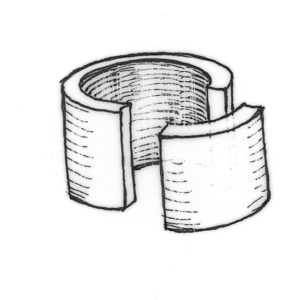 |
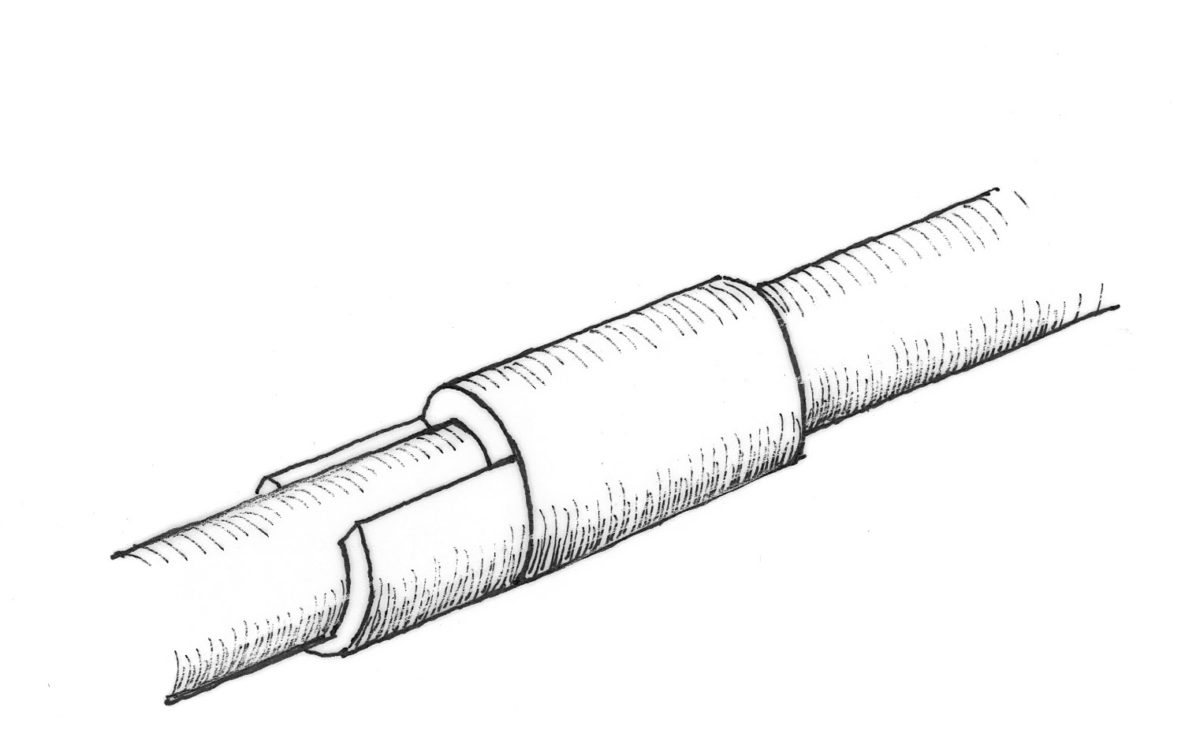 |
| 1. Cut coupling in half. | 2. Cut section away from halved coupling. | 3. Coat with glue, then snap modified coupling onto pipe and slide against leak. |
I shut off the water and drain the line to stop the leak, and let the joint dry out completely. Then I apply glue to both the pipe joint and the patch. For this, I use multi-purpose glue made for both ABS and PVC pipe because its thicker consistency works well in this application. With the factory-edge side of the modified coupling toward the leak, I snap the patch over the pipe and slide it hard against the leaking joint. There should be some glue squeezing out of the joint. I let this dry overnight, and by morning, the water line is ready for use.
— Bruce Calderwood
From Fine Homebuilding #169
RELATED STORIES
Got a Tip?
Do you have any great tips like this one? Share your methods, tricks, and jigs with other readers. Tag them @FineHomebuilding on social, email them to us at tips@finehomebuilding.com, or upload them to FineHomebuilding.com/reader-tips. We’ll pay for any we publish.














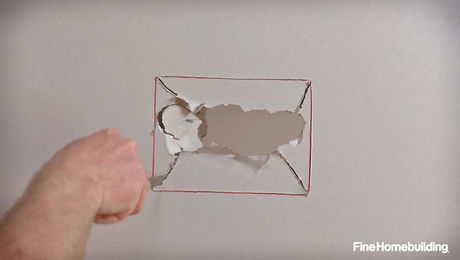

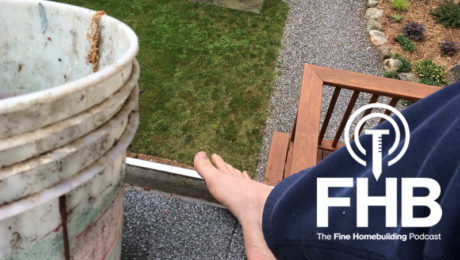


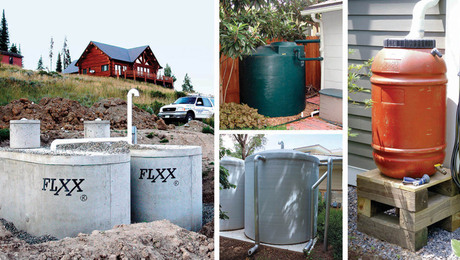










View Comments
Text is confusing and illustration just doesn't illustrate or clarify any of the text. Doesn't any one at Fine Homebuilding edit these tips?
Would it not be easier to cut the pipe at the leak and just glue in a coupler?
I agree with jmcdvm , not clear at all and the same yesterday, it's obvious no one edits or proof reads this tips.
This method works quite well. I’ve used it in commercial pool repair on numerous occasions involving 4” and 6” pvc pipe. This year I encountered a bad 3/4” tap into a 6” pipe that spider cracked to about 2 inches. Not wanting to, and under time constraint, dismantling half the pump room, I cut a piece out of 6” coupling (as the author described) prepped both the pipe and the coupling with primer and glue and snapped it on over the bad tap hole. Holding back max 25 psi and 700 plus gallons per minute. There are pipe repair saddles that can do the same thing, if you have one on hand.
Heck, no one at Fine Homebuilding even determines whether it is a useful tip. Just fix it properly.
This tip is life changing. Who knew.
I have to agree with a couple of comments. I had to read the instruction a couple of times in order to get a clear picture of what the repair actually consisted of.
I also have to "ASSUME" the leaking area is exposed for the repair, which then makes me wonder after all the work to split the repair coupling "twice" why don't you just use a repair coupling to begin with? Then you don't have to wait 24 hours for the glue to dry. The other issue - "How are you hold the split coupling together?"
One last thought - Have you ever tried to split a PVC coupling ? Not the easiest thing to do. But that is me.
Fixing right would be less time consuming.
Talk about a mountain out of a mole hill ! Just fix it the right way !
Dry over night ???? Ha
I agree
Thanks for the feedback. All the graphics for this tip are now online. We'll work on improving our process.
Even with the more clear graphics, it is still a bad idea.
Especially when fixing it properly should take the same or even less time.
In the author's defense, sometimes the original installation is so crammed together that multiple neighboring pipes have to be cut to repair one small issue. Also, it is worth a try for a DIY-selfer who doesn't mind experimenting a little with new techniques.
I've used a similar technique to repair a hole in a 3" ABS drain pipe. The HO hung a picture and didn't realize that she'd put the nail into the drain. Didn't realize the problem until she pulled a table away from the wall and saw mold.
As I remember, I just used a 2" long piece of 3" ABS, cut to give me a shallow C that would open up enough to slip over the original pipe while providing enough pressure for bonding. I may have used a large heater hose clamp to provide more pressure while the glue set (it was a long time ago...)
A coupling wouldn't have worked because of the tight quarters and the fixed-in-place pipe- even the pipe section caused a bit of drywall bulge. I suspect those who advocate "fixing it right" haven't been in the situation- PVC and ABS cement aren't as forgiving as solder in a situation like this. These days, one of the "Sharkbite" style repair fittings might work well for supply lines.